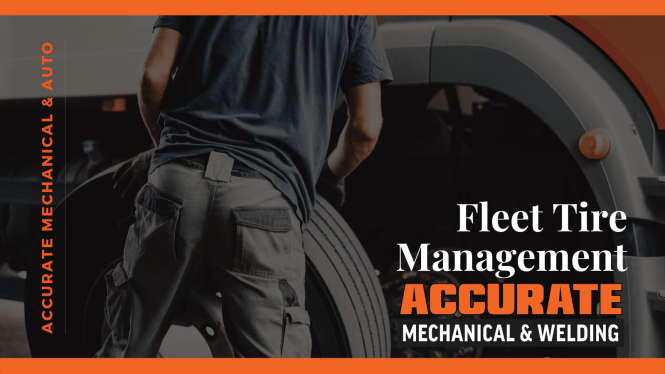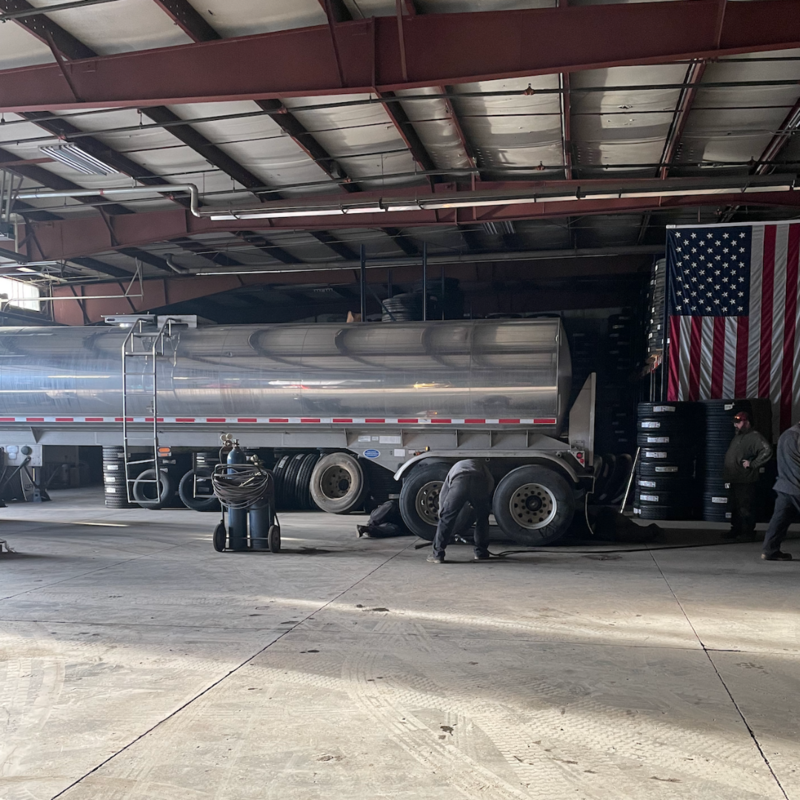

Maintaining Proper Tire Care for your company fleet is essential for maximizing operational efficiency and minimizing potential risks. A well-maintained tire fleet ensures safe transportation, reduces maintenance costs, and contributes to the overall profitability of your business. Without proper care, tire failures can lead to costly breakdowns, safety hazards, and significant disruption in your logistics operation. This comprehensive guide provides actionable strategies for maintaining your fleet tires and ensuring their longevity. We’ll delve into critical aspects, from preventive measures to proactive troubleshooting. This article will cover tire pressure monitoring, inspection, rotation, and replacement strategies.
Understanding the Importance of Tire Care
Maintaining proper tire care for your fleet is not just about avoiding flat tires. It’s a multifaceted strategy that encompasses a range of preventive and reactive measures. Proper tire care directly impacts the safety of drivers and passengers, the longevity of your vehicles, and ultimately, your bottom line. Ignoring tire maintenance can lead to costly repairs, safety violations, and unexpected downtime. Understanding the critical role tires play in the daily operations of your fleet vehicles is paramount. An efficient and proactive tire maintenance program is essential to minimizing the risk of tire failure and ensuring the safety of your fleet.
Implementing a Proactive Tire Maintenance Schedule
Regular Inspections and Tire Pressure Monitoring
Regular tire inspections are crucial for identifying potential issues early on, such as unusual wear patterns, bulges, or cuts. This proactive approach allows for timely intervention and prevents serious problems. Additionally, accurate tire pressure monitoring is essential to maintaining optimal tire performance and longevity. Over- or under-inflation can lead to reduced traction, increased wear, and premature failure. Invest in a tire pressure monitoring system (TPMS) for automated checks.
Tire Rotation and Alignment
Regular tire rotation is a vital maintenance practice that ensures even wear and tear across all tires. Rotating tires every 5,000-8,000 miles can prevent uneven wear. Maintaining proper wheel alignment is also crucial as it ensures that the tires make contact with the road surface evenly. Misalignment can increase tire wear and fuel consumption.
Addressing Common Tire Issues
Identifying and Correcting Irregular Wear
Understanding the signs of irregular wear patterns, such as cupping, shoulder wear, or uneven tread, is critical. These issues can indicate underlying mechanical problems requiring immediate attention. Addressing the root causes of irregular wear patterns through proper alignment, wheel balancing, and wheel bearing checks can significantly improve tire life. Consider using specialized tire diagnostic tools for accurate analysis and identification of irregularities.
Dealing with Punctures and Blowouts
Punctures and blowouts are common occurrences in fleet operations. Implementing a swift and organized response procedure is essential. Having a readily available supply of spare tires, along with trained personnel capable of quickly replacing them, is critical. Establishing a clear communication channel amongst team members allows for prompt and efficient resolution. Furthermore, maintaining an efficient inventory tracking system for replacement parts is also key.
Utilizing Technology for Efficient Tire Management
Leveraging Fleet Management Software
Advanced fleet management software can significantly enhance tire management strategies. Software solutions can track tire pressure, rotation schedules, and mileage, providing insights for proactive maintenance. Real-time data allows for informed decisions and optimized preventative maintenance. This helps anticipate potential issues and prevent costly repairs or downtime. Using a system to track data also allows analysis for the best maintenance schedules.
Incorporating Data Analytics
Data analysis of tire performance data (from TPMS, software, or other systems) can be highly beneficial. This helps to identify patterns in tire wear, leading to the development of targeted maintenance schedules. Understanding factors like weather patterns, driving conditions, and vehicle usage can provide valuable insights for optimizing tire care and maintenance.
Optimizing Tire Selection for Fleet Vehicles
Considering Tire Type and Specifications
Careful selection of tires based on the specific needs and operating conditions of your fleet vehicles is crucial. Consider the intended use (e.g., heavy-duty applications, specific terrains), climate conditions, and the type of vehicles in your fleet. Each vehicle type has a different recommendation, so consult your fleet maintenance manual for the specific recommendations.
Matching Tire Selection to Vehicle Loads and Conditions
Consider factors such as the weight and load capacity of your vehicles when selecting tires. Tires that are not designed for the anticipated weight may experience excessive wear or failure. Operating in extreme weather conditions, such as snow or ice, also requires tires with appropriate traction and grip properties.
#
#
#
#
Maintaining proper tire care for your company fleet is crucial for safety, efficiency, and cost savings. By implementing a proactive tire maintenance program, you can minimize downtime, extend tire life, and ensure the overall well-being of your fleet. Regular inspections, proper inflation, and timely replacements are key components of a successful tire care strategy. Remember to consult your fleet maintenance manual for specific recommendations tailored to your vehicles and operating conditions. Prioritizing tire care translates to a more reliable and cost-effective transportation system for your business. Contact a reputable tire supplier or fleet management expert to develop a tailored tire maintenance plan for your fleet today.